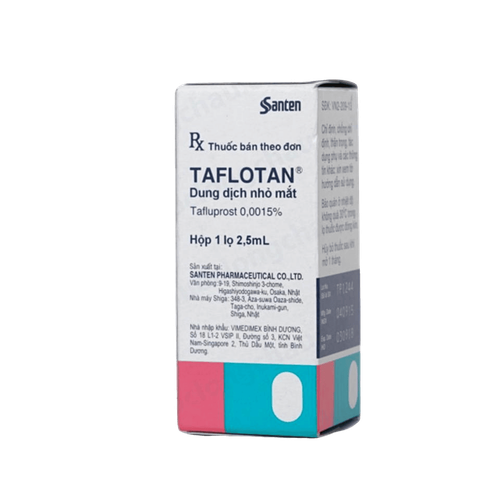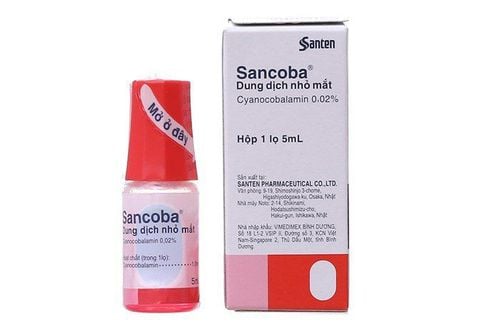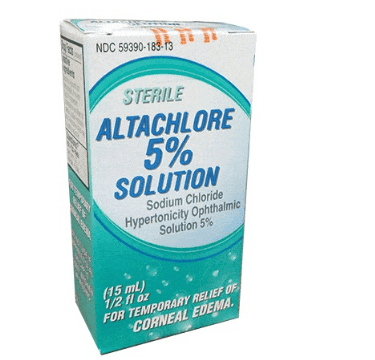This is an automatically translated article.
Flumetholone drug is often used in the treatment of some eye diseases such as blepharitis, keratitis, conjunctivitis, iritis, ... So what is Flumetholone drug used for and how to use this drug? how?
1. Uses of Flumetholone
Flumetholone has the main active ingredient: Fluorometholone: 1mg/mL. Excipients include:
Disodium edetat hydrate. Sodium chloride, benzalkonium chloride, sodium dihydrogen phosphate dihydrate. Castor oil 60 is hydrogenated polyoxyethylene, dibasic sodium phosphate hydrate, methylcellulose. Flumetholone is an eye drop, used in the treatment of inflammatory diseases of the outer and anterior part of the eye, including:
Blepharitis Conjunctivitis Keratitis scleritis Episcleritis Iritis In addition, the drug is also used for iridocyclitis, keratoconjunctivitis, postoperative inflammation...
Flumetholone is contraindicated in the following cases:
Patient is sensitive to any component of the drug. medicine. Patients with corneal abrasions or ulcers, as Flumetholone may aggravate these conditions or cause corneal perforation. People with viral keratitis - conjunctivitis, fungal eye disease, eye tuberculosis or purulent eye.
2. Dosage and how to use Flumetholone
How to use Flumetholone 0.1% is effective as follows:
Flumetholone is prepared according to the route of administration: Eye drops. Note, before instilling eye drops, you need to shake the eye drops well before use. The dose of Flumetholone 0.1% eye drops depends on the age and symptoms of each patient, and the doctor will adjust the dose differently. The usual dose of Flumetholone is 1-2 drops in each eye, 2 to 4 times a day.
3. Flumetholone side effects
While using Flumetholone, you may experience some side effects, including:
Glaucoma or glaucoma can sometimes occur after several weeks of prolonged use of Flumetholone. Therefore, the physician should periodically monitor intraocular pressure during treatment. Eye irritation or conjunctival congestion. Eye discharge. Flumetholone may lead to corneal herpes, keratoconjunctivitis, or P. aeruginosa infection. Perforation of the cornea may occur if flumetholone is used in patients with corneal herpes, ulceration, or trauma to the cornea. Posterior subcapsular cataract. Blepharitis, eyelid dermatitis, rash. May cause suppression of the pituitary-adrenal system. Slow wound healing.
4. Some notes when using Flumetholone
Elderly: Because physiological function is often impaired in the elderly, appropriate precautions should be taken when administering Flumetholone. Children: Caution should be exercised when administering Flumetholone to children, especially in children < 2 years of age. Currently, we have not determined the safe age to use this medicine in children. When using Flumetholone, you need to avoid letting the tip of the vial come into direct contact with your eyes to avoid contamination of the medicine. Flumetholone drug is often used in the treatment of a number of eye diseases such as blepharitis, keratitis, conjunctivitis, iritis, ... To ensure effective treatment and avoid health effects to The patient should strictly follow the instructions for using the medicine prescribed by the doctor or pharmacist.
Follow Vinmec International General Hospital website to get more health, nutrition and beauty information to protect the health of yourself and your loved ones in your family.
Please dial HOTLINE for more information or register for an appointment HERE. Download MyVinmec app to make appointments faster and to manage your bookings easily.













